#carnegiea
Text

Saguaro National Park, Pima County, 2014.
Three inches of snow on the ground make me wish for the desert!
24 notes
·
View notes
Photo

Carnegiea gigantea, petit deviendra grand. Voilà le cactus qui certainement fait que vous aimez les cactus. Le saguaro 🌵 cactus emblématique des westerns et donc du désert de Sonora ! #carnegiagigantea #carnegiea #saguaro #lescactus #cactusaddict #passioncactus #cactus #cactuscandelabre #lescacteesdestjean #lescacteesdesaintjean #cactusdesert (à Les cactées de st jean) https://www.instagram.com/p/ClLabt0skBl/?igshid=NGJjMDIxMWI=
#carnegiagigantea#carnegiea#saguaro#lescactus#cactusaddict#passioncactus#cactus#cactuscandelabre#lescacteesdestjean#lescacteesdesaintjean#cactusdesert
0 notes
Text

Untitled.
#photographers on tumblr#crested saguaro#bonus white-winged dove#Desert Botanical Garden#Phoenix#Arizona#Carnegiea gigantea
656 notes
·
View notes
Text

Saguaros (Carnegiea gigantea) in a side canyon, Santa Catalina Mountains, Arizona.
1K notes
·
View notes
Text


Saguaro (Carnegiea gigantea) forest after sunset
Saguaro National Park, Arizona, USA
O’odham Jeweḍ, Tohono O’odham, and Hohokam land
#original photography#landscape photography#photographers on tumblr#nature photography#hiking#winter#desert#arizona#saguaro national park
1K notes
·
View notes
Text
Spectember/Spectober 2023 #09: Things With Wings
(Apologies for the abrupt absence – I'm okay, just having everything break down at once. This is fine.)
So— back to the speculative evolution request list!
@thebigdeepcheatsy requested a "cactus-dwelling/germinating evolution of introduced rosy-faced lovebirds":
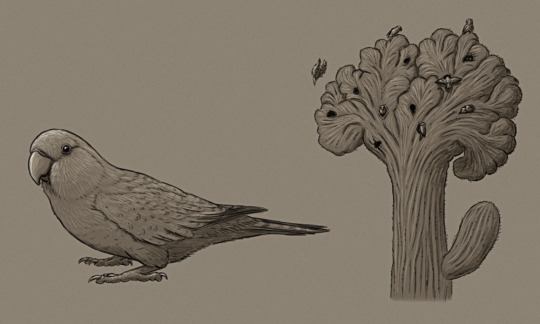
While Agapornis cheatsyi is still quite physically similar to its introduced ancestors, this lovebird has developed a close symbiotic relationship with the cactus Carnegiea ornipolis, a descendant of the modern saguaro.
Naturally fasciated, this cactus grows a splaying fan-like crown which the lovebirds excavate their shallow nest burrows into. Feeding on the cactus' fruit in early summer, the lovebirds then disperse the seeds via their droppings – a process that significantly improves propagation chances, both due to the birds commonly foraging and defecating around suitable nurse plants and the passage through their gut speeding up germination.
———
Someone calling themself "LB" asked for some "flying afrotherians":

Elbeitandraka venenifer is a descendant of tree-climbing Malagasy tenrecs that developed gliding membranes – and its lineage is now just about achieving true powered flight.
About 25cm long (~10"), its proportionally short broad wings require it to fly very fast to generate enough lift for its weight. It mostly only actively flies when traveling between roosts and feeding sites (or when escaping from threats), alternating between gliding to save energy and flapping to recover altitude.
It's an opportunistic omnivore, crawling around in the tree canopy foraging for vegetation, fruits, fungi, invertebrates, and the occasional smaller vertebrate, using its flexible sengi-like nose to probe around in crevices.
Much like modern common tenrecs it's capable of hibernating for months at a time through periods of scarce food availability. It also accumulates alkaloid toxins in its body from its arthropod prey, advertising its unpalatability to predators with bold contrasting warning coloration on its wing membranes.
———
And here's a combination of a couple of anonymous requests for both "flying heterodontosaurs" and "dragons with hind leg wings, a la sharovipteryx":
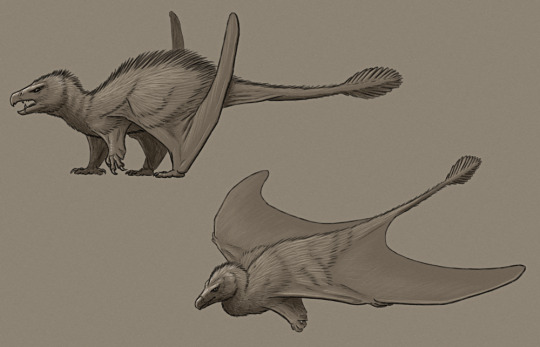
Inversodraco rapax is a highly specialized Jurassic descendant of heterodontosaurids that took to climbing and gliding, developing delta-wing-like membranes on their hindlimbs convergently similar to those of the earlier sharovipterygids.
Around 75cm long (~2'6"), it has unusually flexible hip joints for a dinosaur, able to splay its legs out to the sides to deploy wings supported by an elongated outer toe on each foot. Its arms form small forewings for stability, and its long tail ends in a vane of stiffened feathers that aid in steering.
Unlike its herbivorous-to-omnivorous ancestors it's primarily a carnivore, swooping down onto small prey and grabbing it with its talon-like forelimbs.
#spectember#spectober#spectember 2023#speculative evolution#lovebird#parrot#bird#saguaro#cactus#plant#tenrec#afrotheria#mammal#heterodontosaurid#ornithischia#dinosaur#art#science illustration#look if any mammal is going to copy bats' homework it's going to be tenrecs
266 notes
·
View notes
Text
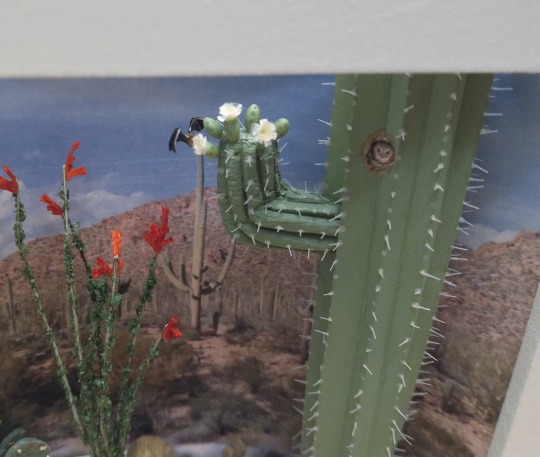


Finally finished making my saguaro cactus (Carnegiea gigantea) for my Sonoran desert diorama.
Saguaro comes with a nesting elf owl, Micrathene whitneyi, and a pollinating lesser long nosed bat, Leptonycteris yerbabuenae.
#miniature#miniatures#cactus#saguaro#diorama#tiny things#half scale#minis#natural history#sonoran desert
92 notes
·
View notes
Photo
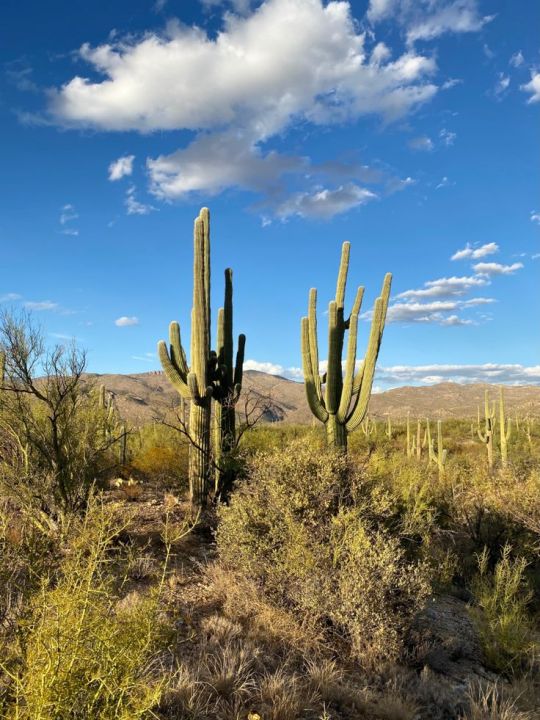
Saguaros (Carnegiea gigantea) near Agua Caliente Hill, Pima County, Arizona
63 notes
·
View notes
Text
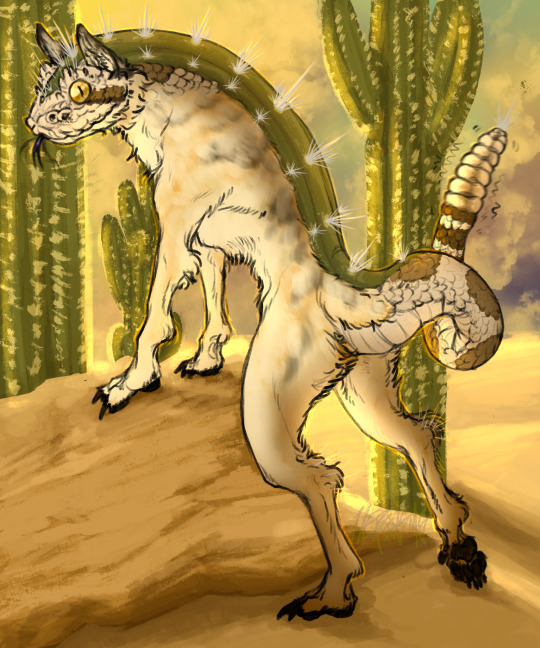
The Arizonian Nightstalker, otherwise known as the Kingstalker, a breed of Nightstalker gene-spliced between a Sidewinder rattlesnake (crotalus cerastes), coyote (canis latrans), and Saguaro cacti (carnegiea gigantea). This particular breed of Nightstalker brandishes a large cacti-like structure down its back - from middle of the forehead to the beginning of the tail - that is made of chlorophyll packed cells, studded with long, solid spines ranging anywhere from 6 inches at the smallest, and 1.5 feet at the longest. The Kingstalker uses this as a defense mechanism, similar to porcupines, being able to propel spines up to 6 feet away at average adult age (2 to 3 years of age), as well as the spines of its rattle being used to "sting" its target.
The Kingstalker is also known for its ability to withstand far harsher climates than their Mojave bred cousins. The cacti-structure on their back serves somewhat like a camel's hump, storing gallons of water from days, to even months; the structure can also photosynthesize, making the Kingstalker far more capable of withstanding long periods of famine as well.
my bestie @kyngsnake and i came up with a very sexy idea to cross breed saguaro cacti and nightstalkers bc it is absolutely be lore-friendly and cactus puppies just sound fun. also coined Kingstalker after ken's handle lol
bonus:
buppy

#art#digital art#my art#digital artist#original character#oc#character design#fallout#fallout new vegas#nightstalker#coyote#fnv
374 notes
·
View notes
Text

Saguaro (Carnegiea gigantea), Scottsdale, Arizona, 2014.
59 notes
·
View notes
Text
A Quiet Little Seedling Plants
Chapter One (listed as mentioned)
Spider Plant (binomial name: Chlorophytum comosum)


Dwarf Umbrella Tree (binomial name: Heptapleurum arboricola)


Alpine Sea Holly (binomial name: Eryngium alpinum)


Violet (binomial name: Viola reichenbachiana)


Peony (binomial name: Paeonia × suffruticosa)


Saguaro (binomial name: Carnegiea gigantea)


Lilac (binomial name: Syringa vulgaris)
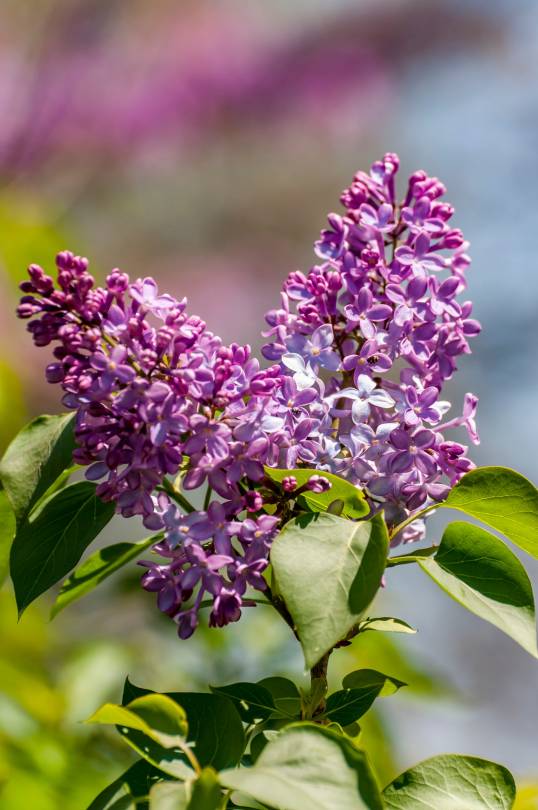

Stromanthe Triostar (binomial name: Stromanthe sanguinea)
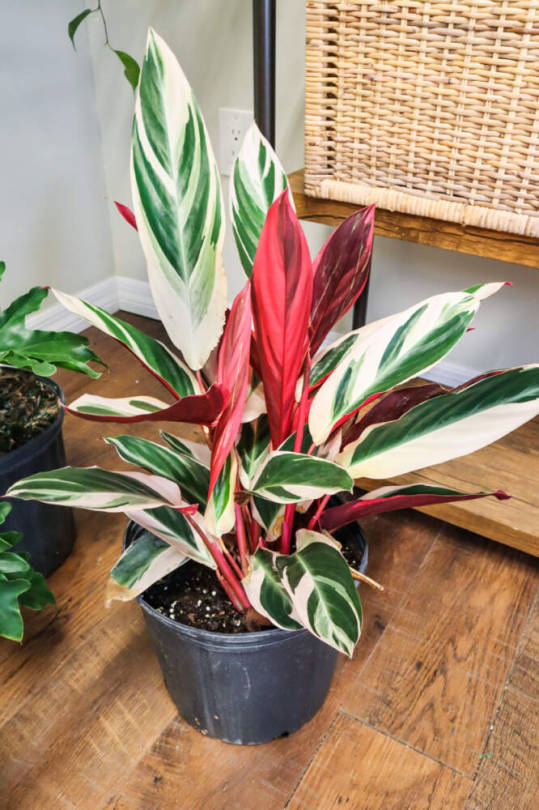

Syngonium Strawberry (binomial name: Syngonium podophyllum)


ZZ Plant (binomial name: Zamioculcas zamiifolia)

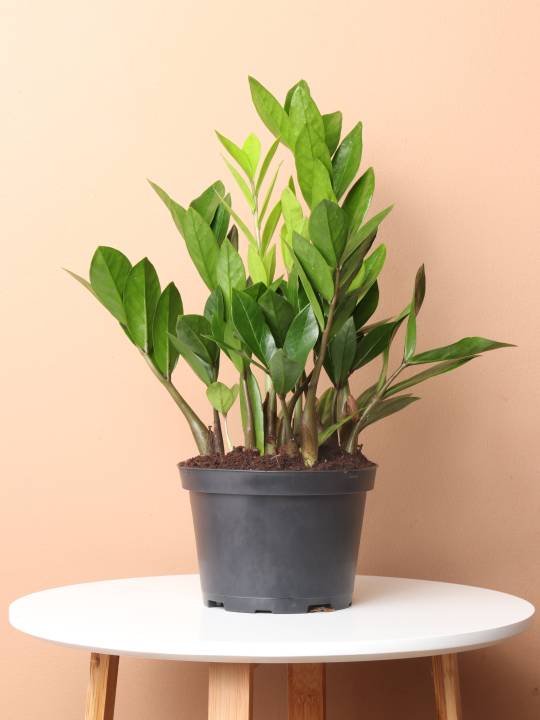
Heartleaf Philodendron (binomial name: Philodendron hederaceum)

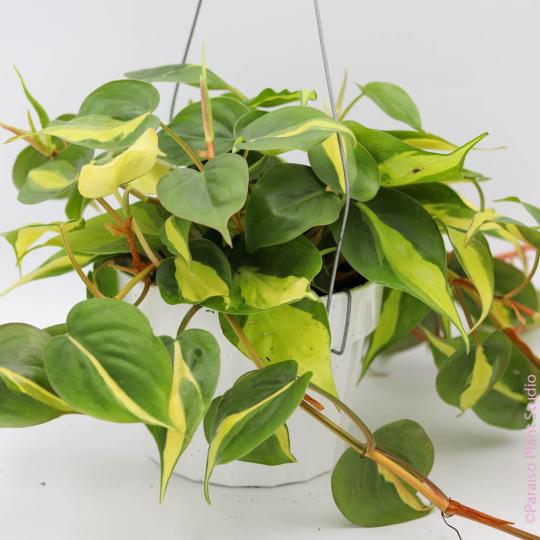
Spiderworts (binomial name: tradescantia zebrina)
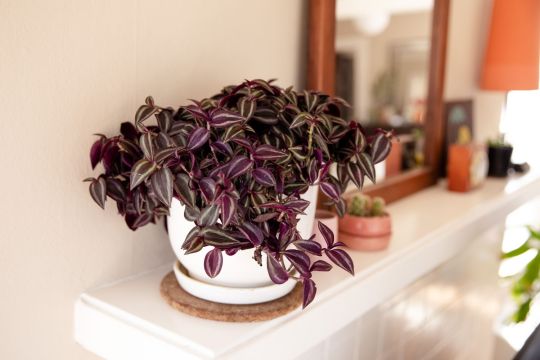

Willow Oak (binomial name: Quercus phellos)


9 notes
·
View notes
Text

Saguaro cacti (Carnegiea gigantea) is Arizona's state flower!
24 notes
·
View notes
Note
ok how about each of them as different plants 😁🌱
1. Dan - Chamaecyparis pisifera 'Baby Blue' Sawara cypress

2. Kyle - the Saguaro Cactus (Carnegiea gigantea)
One of the tallest and apparently “thirstiest” cacti
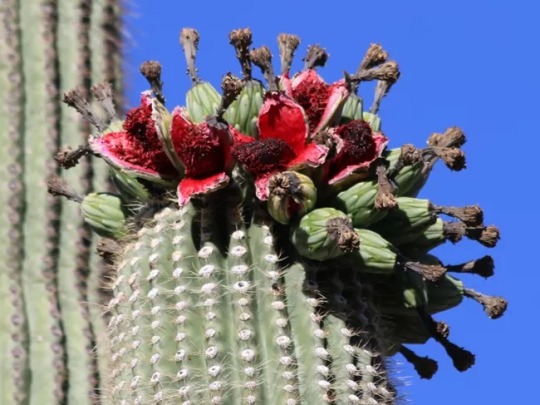
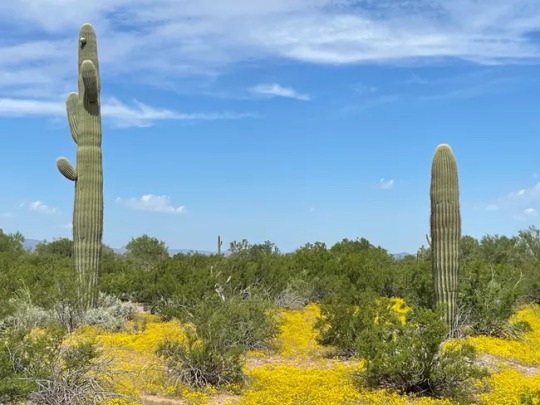
3. Woody - Scadoxus multiflorus aka Football Lily
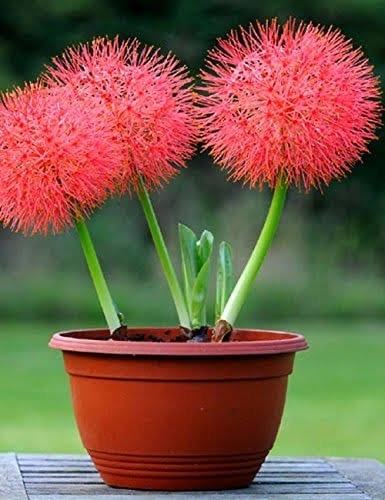

4. Will - Lomatia tasmanica aka King’s Holy
It can live up to 135,000 years. the plant can clone itself for a minimum of 43,600 years. This means that all the plants are genetically identical and they are one of the oldest living plant clones 🤯

3 notes
·
View notes
Text
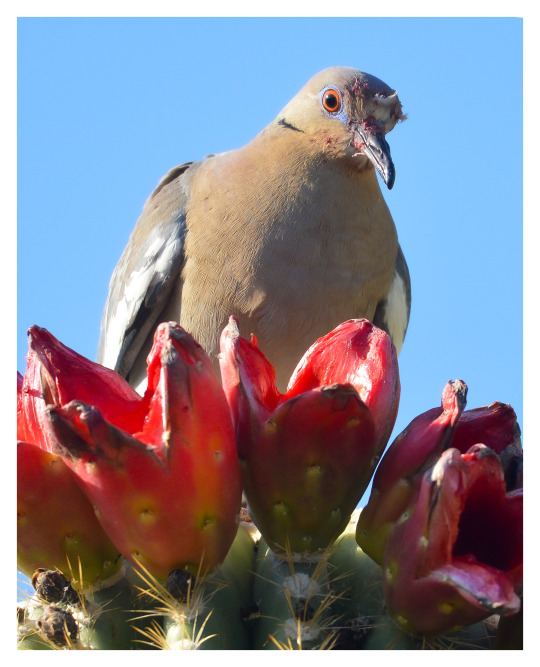
White-winged dove / paloma alas blancas (Zenaida asiatica) feasting on ripe saguaro fruit, at Desert Botanical Garden, Phoenix, Arizona.
#photographers on tumblr#white-winged dove#Zenaida asiatica#saguaro#saguaro fruit#Carnegiea gigantea#Desert Botanical Garden#Phoenix#Arizona
188 notes
·
View notes
Text

Saguaros (Carnegiea gigantea), in the foothills of the Santa Catalina Mountains, Arizona.
542 notes
·
View notes
Text
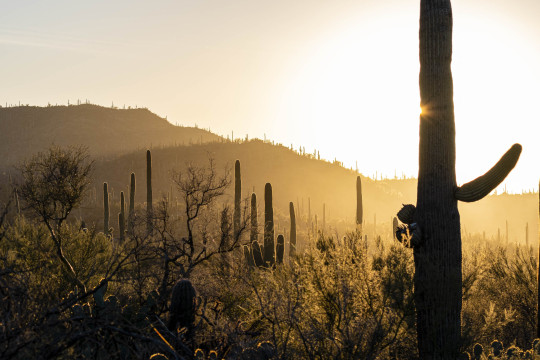

Backlit saguaros (Carnegiea gigantea)
Saguaro National Park, Arizona, USA
O’odham Jeweḍ, Tohono O’odham, and Hohokam land
#original photography#landscape photography#photographers on tumblr#nature photography#hiking#winter#mountains#desert#arizona#saguaro national park
339 notes
·
View notes